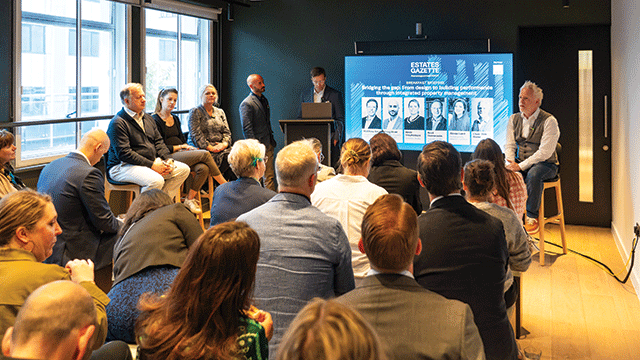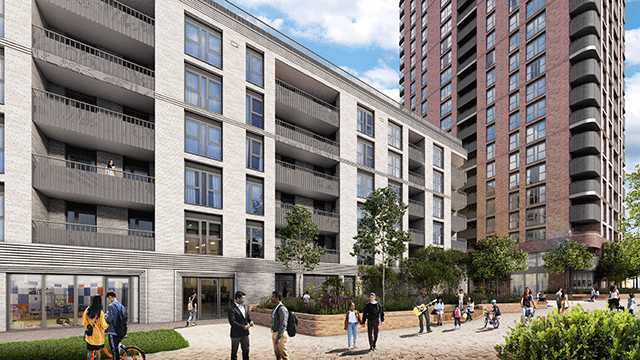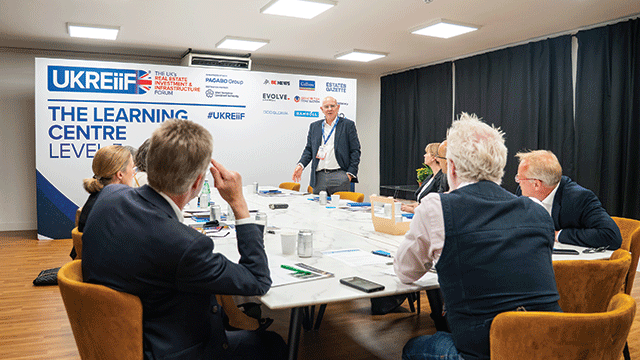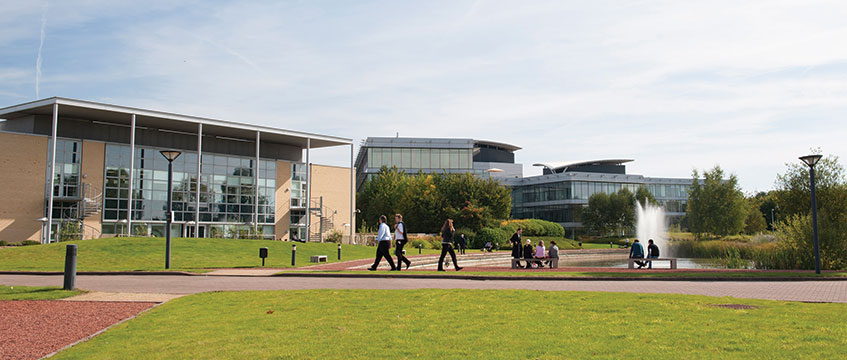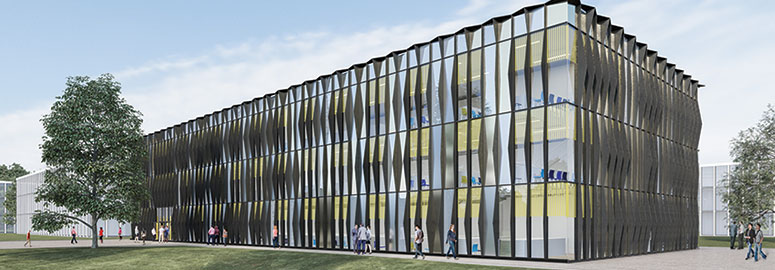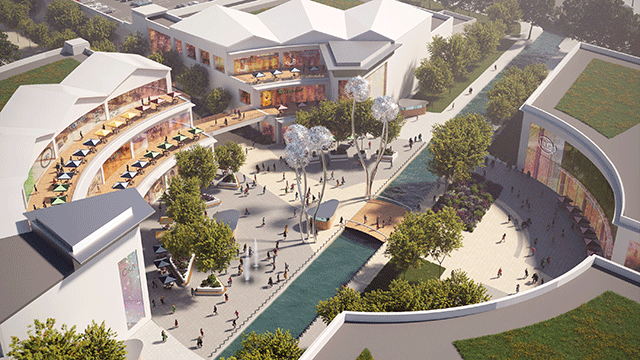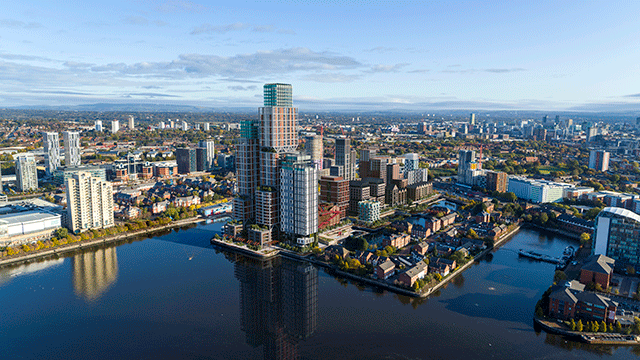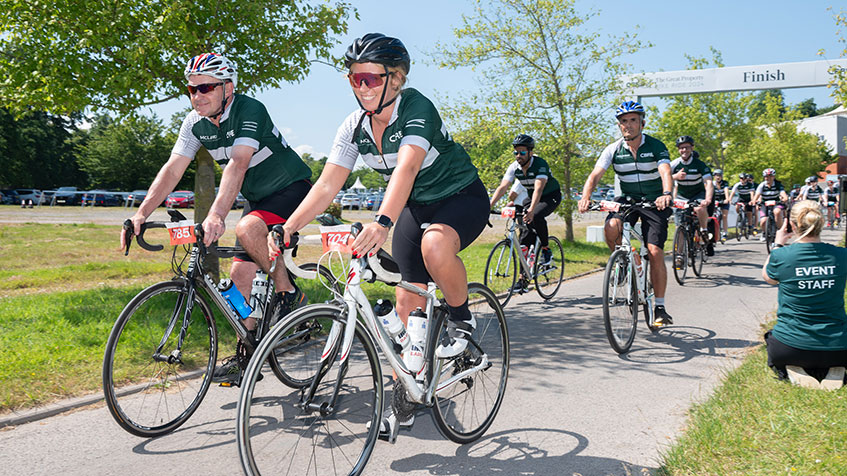Tech entrepreneur Lee Bryant describes Oxford as a “premier town”. And it is easy to see why.
For any employer, being based in a city of pioneering research with a talented workforce fresh out of a world-leading university, adds up to a compelling argument.
Bryant’s business, cloud-based telephony company Sesui, has recently doubled in size from its base at Oxford Science Park.
“The park allows SMEs to expand,” Bryant says. “We took a small office in the Magdalen Centre’s innovation hub and we now have a suite of offices.”
The company has a flexible rolling contract. “When you are a small start-up you want that flexibility as you aren’t sure how things are going to develop,” he adds.
Dr Tom Payne, chief technology officer at Oxford Genetics, also based at the park, says high-quality research is another draw to the city. “There are clusters here in Oxford that outshine in some areas, such as gene therapy, with people who are leaders in their field and have now spun out in these sectors.”
This enthusiasm for Oxford is in line with the city’s recent successes. The Tech Nation 2017 report rated Oxford 78% for digital growth potential, on par with London – although still a way off Cambridge, which rates 95%.
Last year the commercial arm of Oxford University, Oxford University Innovation, launched an unprecedented 24 high-tech firms, with 21 spin-outs from the university itself, and raised £52.6m in seed stage funding.
Investment vehicle
And there is further appetite for investment from the private sector. Oxford Sciences Innovation, the university’s investment vehicle for spin-out businesses, hit £580m last year after an injection of Asian capital. That’s not counting the various angel investors, businesses and funds that also want a piece of the action.
But all this falls flat if some of the brightest minds can’t find suitable space from which to shine. The amount of space required by tech companies is difficult to quantify, particularly with requirements being so varied company to company.
VSL & Partners has identified five key clusters – life sciences, base tech, automotive, electronics and sensors, and creative and digital – but director Richard Venables says there is “a bit of a time lag” in producing the appropriate supply.
Key concerns lie around the limited availability of incubation space and grow-on premises – which was highlighted in the most recent Oxford Local Economic Partnership Strategic Economic Plan – and the fact there is just 5,000 sq ft of grade‑A space left in the city centre.
Oxford Genetics was lucky to find space that better suited its business needs at Oxford Science. Payne says: “We talk to a lot of companies that struggle to find space. Generally speaking, availability is low – which pushes prices up. In Cambridge, where I used to live, facilities such as the Babraham Institute, which is government funded, outshines what we have in Oxford and a lot of companies have to transition out to dedicated spaces at business parks.”
Periphery
Jonathan Burroughs, CEO of R&D advisory firm Creative Places, agrees. “While there is around 7m sq ft of capacity that can be built around the Oxford subregion, there are a number of businesses – in the life sciences sector, in particular – that will want to be close to the city centre and patient care at Churchill Hospital. But most development in the city is occurring in the periphery locations.”
Burroughs stresses the need for incubators of scale, such as the 120,000 sq ft Manchester City Labs or the 2.5m sq ft of new space coming on at Cambridge Biomedical Campus. The new “bioescalator” being built by Novo Nordisk and Oxford University is only around 20,000 sq ft.
Venables adds: “We don’t have an equivalent of CB1 [a 1.5m sq ft mixed-use business district by Cambridge’s station].”
Bidwells forecasts first-quarter take-up in the tech sector will have hit around 310,000 sq ft – more than 40% of which has been on Harwell Campus, where rents have reached a record of £32.50 per sq ft for new space.
While the business and science parks have growth plans (see below), lack of suitable space isn’t the only problem for the city. Limited housing supply and poor physical and digital infrastructure could also derail Oxford’s ambitions.
Bryant says: “People have got to be able to live and commute – and those are the biggest two challenges facing not just our staff and people on the park, but the city in general.”
In addition, some 32% of local start-ups cite poor digital infrastructure as a challenge for growth, according to the Tech Nation report.
“It’s a particular problem around fibre optics in rural areas,” confirms Payne. “We had to do that ourselves. There have been delays in that area and more extensive provision at the science parks is something that would have sped that up.”
So what is being done to meet these challenges?
Innovation districts
Barton Willmore partner Robin Shepherd suggests Oxford could learn from the US in developing “innovation districts” that have the potential to integrate science parks with residential areas.
“They can help bring forward facilities in a more vibrant live-work-play environment that may be resilient to change. Experience from the US shows that leveraging from existing research institutions will prove far easier than starting with nothing, and proximity to an existing knowledge economy is also critical,” he says.
Glimmers of this are being seen in Oxford. Incubator space is being developed along with speculative buildings in Oxford’s major business parks. OxLEP is funding four innovation centres via the £55.6m City Deal and is supporting key mixed-used developments such as Oxford University’s £600m Osney Mead scheme – which will deliver 600 homes as well as labs and office space – and the university’s £200m Oxpens scheme, with Nuffield College, for up to 500 homes and commercial space in the city centre.
OxLEP is also managing a £2.1bn growth programme via the City Deal to unlock the delivery of a further 11,500 homes by 2021.
The Harwell Campus Partnership is developing 1,000 homes and a nursery, alongside its commercial projects.
Infrastructure improvements are a slower burn. Chiltern Railways is looking at two new train stations by 2022 – at the currently unused Oxford Science Park station and at Cowley, which is currently used by freight trains.
Upgrades to turn the A34 road into a motorway are planned, with the Department for Transport saying an expressway to Cambridge could open by 2031.
The Autumn Statement committed £27m to an Oxford-Milton Keynes-Cambridge rail link, for which feasibility studies are taking place. Industry professionals all agree this would be a game-changer for the city.
Venables says: “What is key to Oxford is the ability to generate tech from within; we innovate and incubate our own. If we sorted out the issues of infrastructure and housing, we would have the right environment to make a huge difference.”
Oxford business parks development pipeline
- Harwell Campus – 710-acre science park, masterplan for 1m sq ft, phase one of 400,000 sq ft on site.
- Milton Park – 250-acre business park, work under way on three office buildings and two labs totalling 110,000 sq ft. Park Drive East due for completion in 2018.
- Oxford Technology Park – 23 acres, new development planned for 400,000 sq ft of R&D and offices.
- Bicester Gateway – phase one planning for a new hotel and 160,000 sq ft of offices and technology space.
- Grove Business Park – 32‑acre business park in Wantage, consent for 220,000 sq ft of new development plus refurbishment of existing buildings already under way.
- Oxford Science Park – 75‑acre business park, 60,000 sq ft of speculative development due to complete this year and more planned.
To send feedback, e-mail Shekha.Vyas@egi.co.uk or tweet @shekhaV or @estatesgazette




